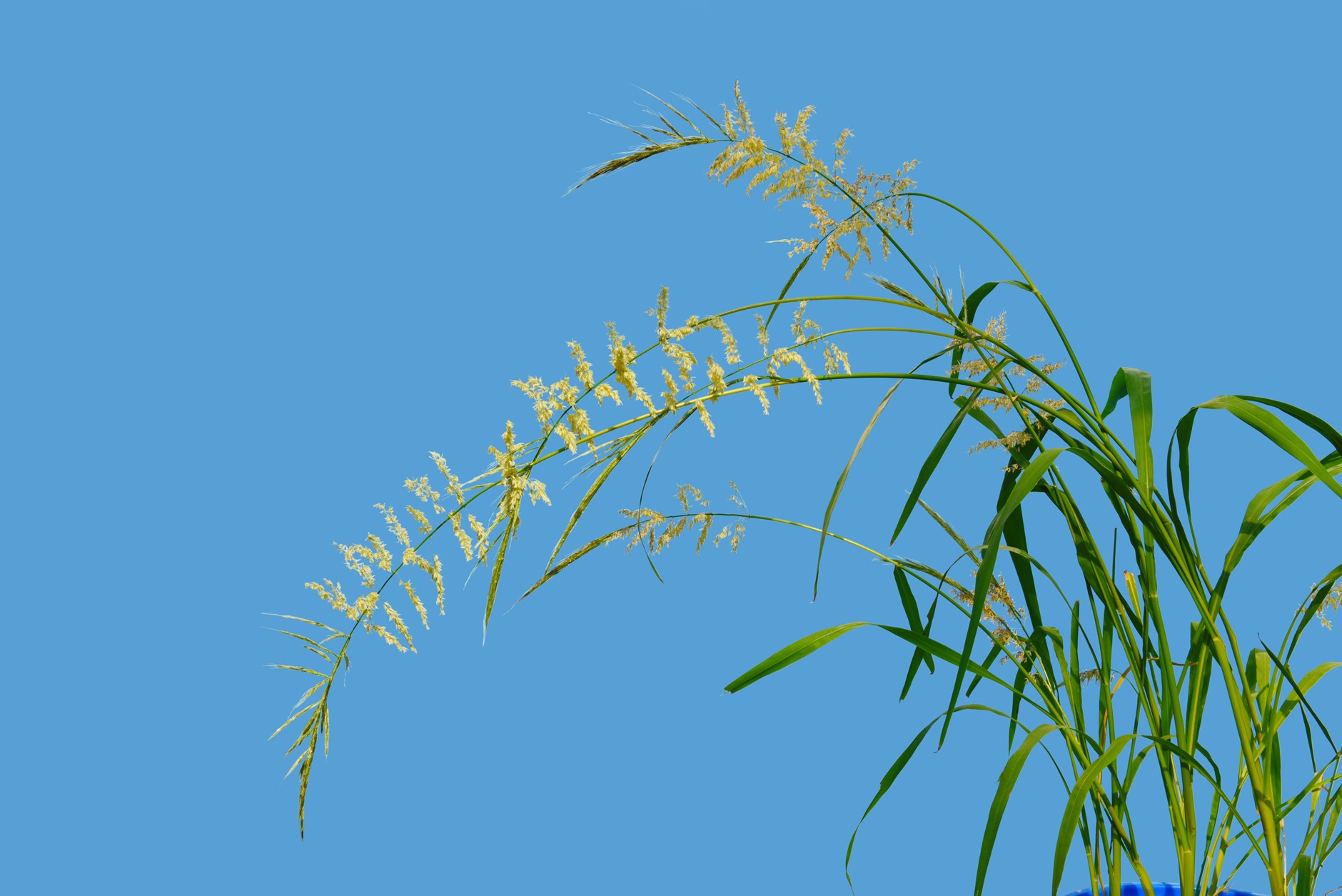The Crop Journal Study Delivers a Near-Complete Genome Map of Northern Wild Rice
Published 21 October, 2025
Researchers provide a near-complete genome map of Northern wild rice, uncovering evolutionary history and valuable genetic insights.
The Northern wild rice (Zizania palustris) is valued for its nutrient-rich grains. However, there remains a lack of a complete genome map, limiting research and crop improvement. Scientists have now assembled a near-complete genome, spanning 1.41 Gb with 47,804 predicted genes. The study reveals its close relation to Zizania latifolia, recent genome expansion through long terminal repeats, and restored missing genes. This improved genome provides critical insights into evolution, genetic diversity, and traits, supporting future breeding and sustainable cultivation.
The ability to rapidly sequence genomes and compare the genetic codes of closely and distantly related crops has transformed agriculture, eliminating much of the guesswork involved in traditional hybridization. Nonetheless, while the genomes of major staple crops have been well-characterized, many region-specific crops remain poorly studied despite their nutritional and economic value.
One such crop is Zizania palustris, commonly known as Northern wild rice (NWR), an annual aquatic grass native to the Great Lakes region of North America. Although distantly related to cultivated rice (Oryza sativa), NWR has attracted growing interest due to its nutrient-rich grains, which are high in protein, vitamins, minerals, dietary fiber, and flavonoids, while maintaining a low glycemic index. Sequencing the NWR genome not only provides insight into the genetic basis of these unique nutritional traits but also enhances our understanding of rice evolution across Asia and North America, offering valuable resources for future crop improvement.
To address this gap, Professors Zhongfeng Zhang and Ning Yan, along with a team of researchers from the Chinese Academy of Agricultural Sciences, have successfully assembled a near-complete genome of Northern Wild Rice. Published in The Crop Journal on 12 September 2025, their latest research provides a valuable genomic resource for advancing rice studies and supporting future crop improvement.
The researchers noted that as rice species diversified across Asia and North America, plants in the Zizania genus effectively doubled the size of their genome.
“This may have supported their ability to adapt to colder environments compared with Oryza species,” says Dr. Yan. “Earlier assemblies of the NWR genome were fragmented and did not provide sufficient insight into the plant's unique adaptations. This study aimed to assemble a high-quality NWR genome to serve as a reference for Poaceae research and the domestication and ongoing improvement of Zizania species.”
Drawing from their earlier work on sequencing the genome of Chinese wild rice (Zizania latifolia), the team applied similar advanced sequencing approaches to assemble the NWR genome. Their tests confirmed that the newly constructed genome was nearly 97% complete, a marked improvement over earlier efforts that reached only 89.4% completeness.
“Our job is to create the first and most complete and accurate 'life design blueprint' for an important specialty crop” says Prof. Zhang,“With this blue map, breeders, farmers, and environmentalists can utilize, improve, and protect this crop in unprecedented ways and with unprecedented precision. It's like going from looking at a blurry treasure map to using precise GPS navigation!”
When compared with the genomes of other rice species, the NWR genome offered important insights into its evolutionary history. The team found that genes associated with sphingolipid metabolism and DNA replication had expanded in NWR, while those involved in protein processing had contracted. They also identified the phytocassane biosynthetic gene cluster that appeared across several rice species, including NWR, suggesting that these genes emerged prior to the divergence of rice genera.
The genomic insights from NWR open new possibilities for rice cultivation. On the one hand, they could accelerate domestication efforts, reducing reliance on wild, unregulated populations for grain harvest; on the other, genes linked to protein, vitamin, and flavonoid synthesis, as well as tolerance to adverse climates, could be transferred into cultivated Oryza sativa, enhancing both nutritional value and resilience.
“The excellent genes (especially stress resistance genes) of northern wild rice have the potential to be introduced into staple crops such as rice through hybridization or biotechnology, cultivating stronger crops that can better cope with climate change (such as floods and cold), and enhancing the resilience of the global food system.” concludes Dr. Yan.

About Professor Ning Yan of the Chinese Academy of Agricultural Sciences
Ning Yan is a professor and a young academic leader of the Tobacco Research Institute of the Chinese Academy of Agricultural Sciences (Qingdao Special Crops Research Centre of the Chinese Academy of Agricultural Sciences), scientific and technological service expert of the Chinese Crop Society, member of the Chinese Crop Society. In 2023, he received funding from the Youth Innovation Program of the Chinese Academy of Agricultural Sciences. He has been committed to the research of functional components, functional gene mining and germplasm innovation of the wild rice (Zizania spp.). He has published more than 50 papers as first or corresponding author, including 37 papers in international journals such as Communications Biology, Food Chemistry, Food Research International, Journal of Integrative Plant Biology, and The Crop Journal. He is the chief editor of the monographs "Study on the Functional Genomics of Zizania latifolia and Ustilago esculenta", "Study on the Genomics of Zizania latifolia" and "Study on the Functional Components of Chinese Wild Rice", and the co-editor of one English book and eight Chinese books.
Funding information
The study was supported by the Youth Innovation Program of the Chinese Academy of Agricultural Sciences (Y2023QC34), the Natural Science Foundation of Shandong province (ZR2023MC034), the Technological Innovation Project of ECS-CAAS (ECS-KY-N-2024008), the Agricultural Science and Technology Innovation Program (ASTIP-TRIC05-2025), and the Central Public-interest Scientific Institution Basal Research Fund (1610232024005, 1610232023003).
Media contact
Guangming Yang , Email address: yangguangming@caas.cn , Tel: 13683670916
Official website: https://www.sciencedirect.com/journal/the-crop-journal
Reference
|
Title of original paper: Journal: |
A near-complete genome assembly for northern wild rice (Zizania palustris L.) The Crop Journal |
|
DOI: |